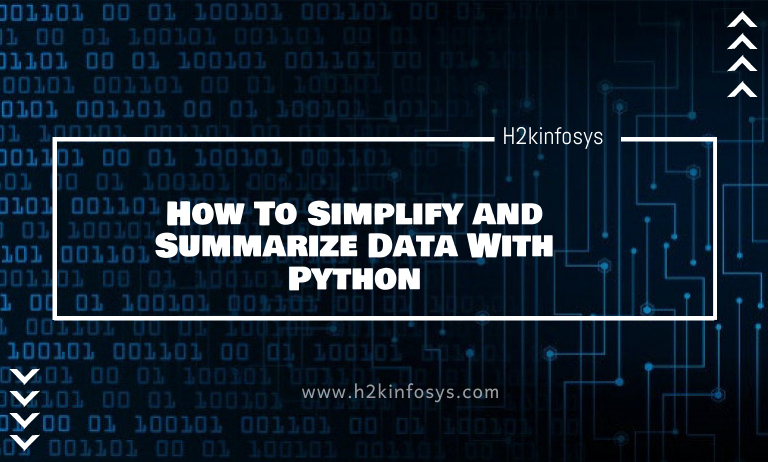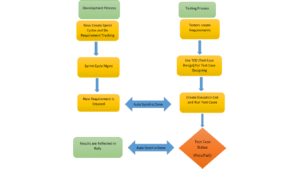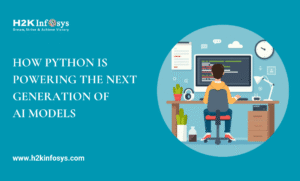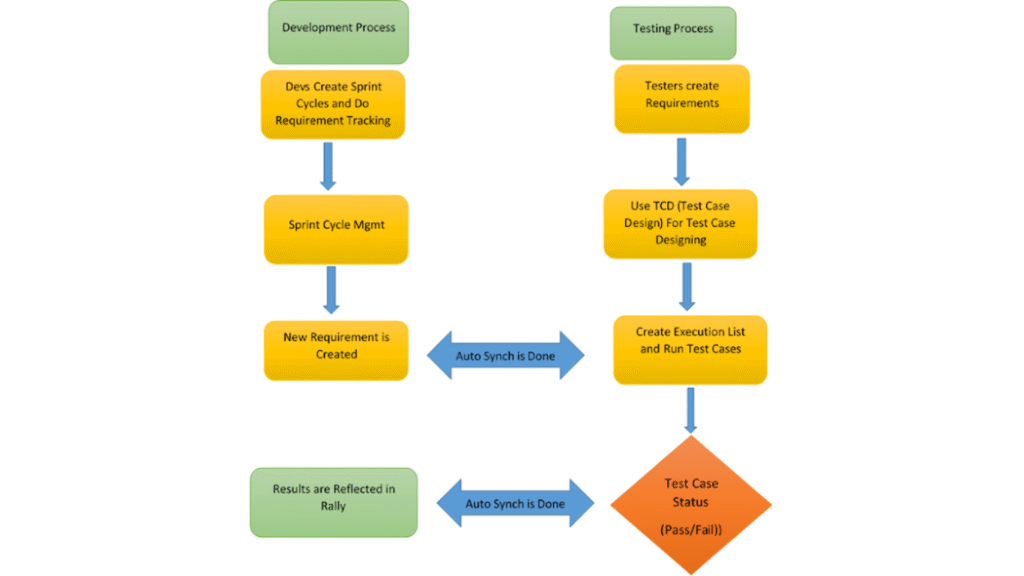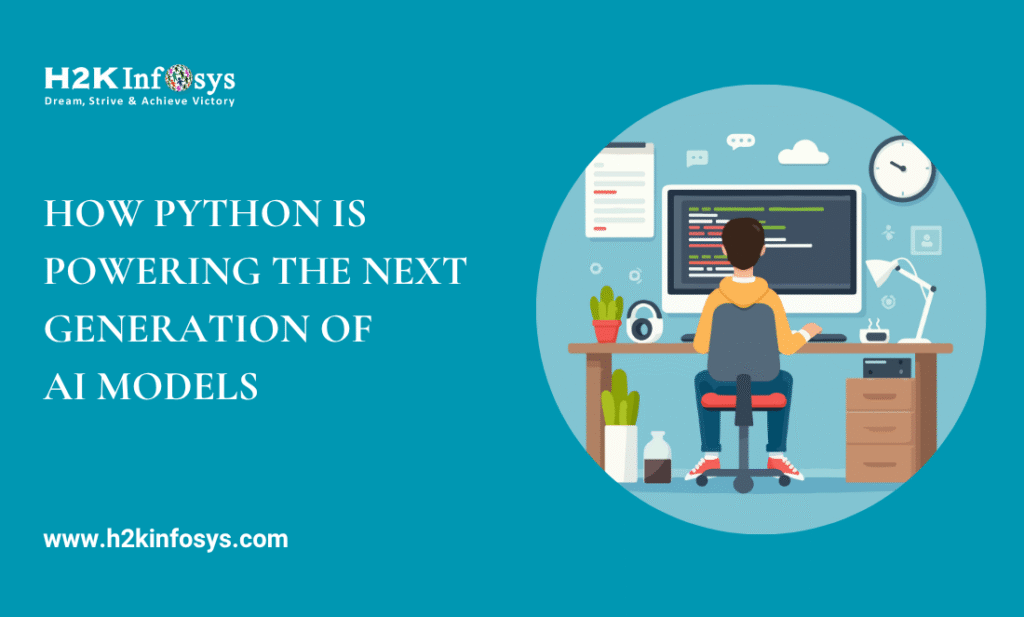Python is a general and increasingly common coding language applied in various fields. Among its many applications, data science remains on top. Data analysis is impossible without any basic understanding revolving around coding languages. The world of data sciences and data analysis is complicated without the right deconstructing mechanism. For this reason, many young and aspiring data analysts have chosen to learn python online courses to develop the proper skill set.
Learning a new language may take up a lot of your time; however, it is equally useful in web development, finance, business, and simulations. Python is not difficult to learn; however, you need to learn python training where you’d learn the nitty-gritty and also advanced concepts.
Why you should learn python online certification
Python has an easy to grasp syntax, unlike other languages. This makes it an excellent choice for data scientists. The language supports multiple platforms and what’s more interesting is that it is object-oriented. Python has tools and libraries filled with information and guides that are beneficial for all data analyst beginners.
Exploratory data analysis is one such example of python supremacy. The subject is related to summarizing a set of visual data, usually in charts and figures. There is no set way to explore data; however, this fact only increases creativity. Data analysis follows specific steps like data sourcing and data cleaning. Python assists these actions. Exploratory data analysis is only a part of the data science course taught during the python learning course.
Therefore, you may need python training to learn how to simplify and summarize your data. Using python allows you to focus on personal projects, and if you learn python online certification, you are not dependent on outsourcing information. By the end of the course, you will likely be able to identify all the python’s functions and applications, and the training will dust off all nervousness of using python without assistance.
All the steps involved in exploratory data analysis
The first step in using python for exploratory data analysis is to import all the essential libraries from python, which is lengthy but not complicated. Once the data is downloaded, it needs to frame; thus, the data frames come into action. A frame is a canvas for all changes and editing; thereby, columns may add or drop. The next few steps all revolve around changing the name and deleting irrelevant information from the data.
Consequently, the data is filtered through and through before the summary. Duplicate files and colors are a nuisance during the filtering since they are present in a vast quantity. Information is usually found in raw form; therefore, python beginners should not expect an easy start. The ability to learn from python online courses is a relishing addition to knowledge as well.
Discovering Python For Data Analysis
Learning python will never go to waste, especially in the field of data science. The waste usage and existence of million python users has created an online community. A data analyst who is willing to learn python online certification takes the first step towards joining the community. Perhaps the biggest asset for data analysts while using python for exploratory data analysis is the vast information present on the platform. Ideas and creativity may change however the initial framework remains the same. Python is a language that will take you to many places.
Additionally, the most popular libraries in python for specific data analysis are Panda, Numpy, seaborn, and matplotlib. Data loading is achieved by using panda, and then the next steps all ensue addition and subtraction. Data visualization is the most exciting part when deconstructing a data set; thus, a histogram or a bar chart summarizes the data you were working on since then.
